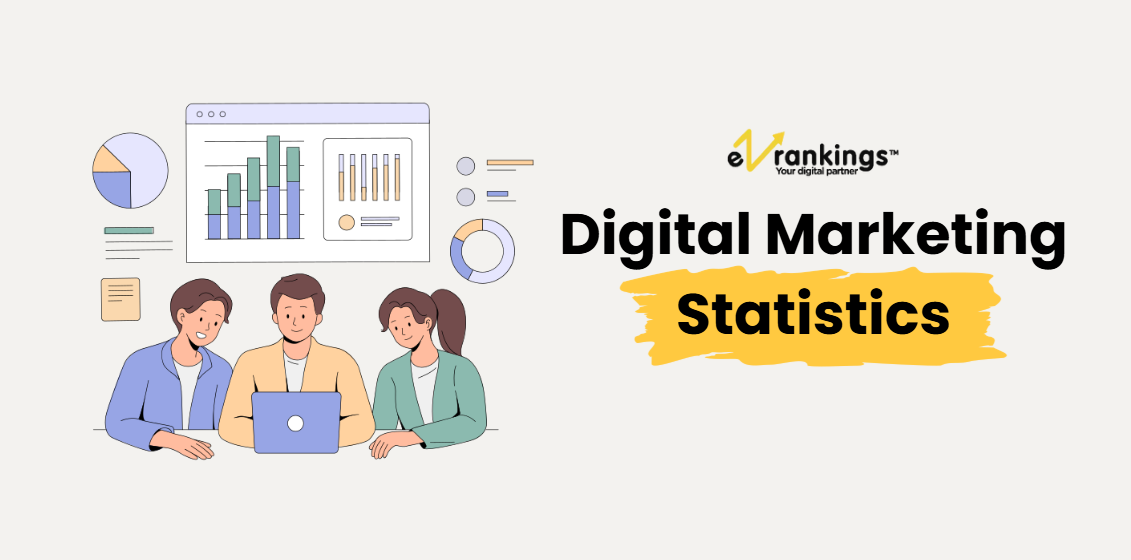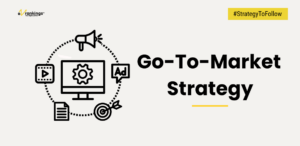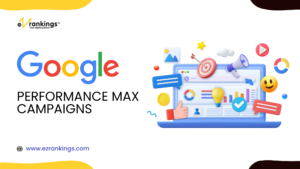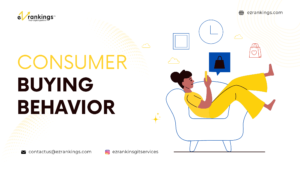Top 30 Crucial Digital Marketing Statistics

Digital marketing has changed from an optional channel to the central engine that fuels growth for most companies. With more spend, more platforms, and increasingly sophisticated tools, marketers who ignore the numbers are flying blind. Below are the 30 most important digital marketing statistics for 2026, each followed by context, why it matters, and practical actions you can take right away.
Market Size, Growth, and Budget Allocation
1. Global digital ad spend to reach $734.6 billion in 2025
The global market for digital advertising is projected to hit roughly $734.6 billion in 2025. This is not just evidence of growth. It is proof that businesses have shifted the center of gravity from offline mass media to online, programmatic, and social channels. These digital marketing statistics highlight how the constant migration of consumer attention online ensures that ad dollars continue to follow.
Practical action: Treat this as both opportunity and competition. If you manage ad budgets, run a quarterly audit and reallocate at least 10 to 20 percent toward programmatic and short-form video tests.
2. The global market value will surpass $786 billion by 2026
From about $667 billion in 2024 to a projected $786 billion in 2026, the market is adding scale fast. This inflow of capital drives new ad products, more innovative forms of quality and competition on the platforms.
Practical action: You can create plans that can be amplified fast provided a channel demonstrates well on ROI.
3. A strong CAGR of 13.1 percent through 2032
Analysts expect digital marketing to grow at roughly 13.1 percent compound annually through 2032. These digital marketing statistics favor businesses that invest in digital capabilities now rather than later, ensuring they stay ahead of the competition.
Practical action: Include more advanced digital marketing practices as per your business requirements. It will bring more visibility, ROI, and trust to your brand.
4. Display advertising is growing faster than search, at about 15.5 percent CAGR
Display (programmatic, social feed ads and native placements) is more rapidly growing than search. Retargeting and visual storytelling are also significant contributors having 15.5% CAGR.
Practical action: Invest test dollars in more creative formats that are richer and evaluate the viewability and post- click conversion.
5. The U.S. digital marketing market alone is worth $460 billion
The largest, single, market (460 billion) with high adspend and high competition is in the U.S. When you are targeting U. S. customers and anticipating higher CPCs and will require improved creative and targeting.
Practical recommendation: Target using first party data and do localization to create profiles; test lookalike audiences to reduce the cost of acquisition.
6. 63 percent of businesses increased their digital budgets
A majority of businesses report expanding their digital allocations. Such digital marketing statistics reflect market momentum that you cannot afford to ignore.
Practical action: Benchmark your own spend against competitors. Consider tactical moves such as increasing automation or outsourcing tasks.
ROI and Channel Effectiveness
7. Businesses earn $5 for every $1 spent on digital marketing on average
A consolidated industry estimate places the average digital marketing ROI around 5x. That number varies by industry and campaign quality, but it is a good rule of thumb for allocation decisions.
Practical action: Measure cost per acquisition and lifetime value. If LTV to CAC is healthy, scale.
8. Email marketing delivers $36 for every $1 spent on average
Email is consistently top of the ROI charts with returns reported around $36 for each dollar invested. When segmentation, automation, and personalization are done well, email drives more predictable revenue than many paid channels.
Practical action: Prioritize list growth, clean lists regularly, and build automated flows for welcome, cart abandonment, and reengagement.
9. SEO delivers $22 in ROI per $1 spent
SEO’s value is in compounding gains. A well ranked asset can generate leads and sales for years with little incremental cost. A $1 to $22 ROI is typical when strategy, technical fixes, and content are aligned.
Practical action: Invest in pillar content of your business. Fix technical SEO issues, and create a backlink acquisition plan.
10. PPC yields $2 for every $1 spent
PPC can be used to gain intent based types of acquisitions, to capture short term demand with an approximate of 2x ROI once optimized. It will be the most rapid to market, and will need ongoing operations.
Put into practice: Test the offers and keywords in PPC and extend the winning themes with the help of SEO and content.
11. Some merchants report email ROI as high as $68 for every $1 spent
With advanced automation and strong product-market fit, certain merchants and segments report far higher email ROI metrics, showing the ceiling for optimized programs.
Practical action: Implement dynamic product recommendations and A/B test subject lines and send times.
12. Conversion rates differ by channel: email 4.24 percent, search 2.49 percent, social 0.59 percent
The various channels appeal to different users on varying levels of the funnel. Email tends to reach high intent or warmed groups of people, search catches intent and social is at the summit of funnel. Flex conversion rates.
Practical action: Map the funnel and assign channels to awareness, consideration, and conversion roles. Use remarketing to move social visitors down the funnel.
Social Media and Content
13. Over 5.2 billion people use social media globally
More than five billion people are on social platforms, so social remains essential for reach and brand building. Data point varies slightly by report, with updated counts into 2025 and 2026.
Practical action: Select 1 or 2 platforms where your audience is concentrated and go deep. Community beats presence on every channel.
14. Users spend over 2 hours daily on social media on average
Users spend around an average of 2 hours and 24 minutes, which creates many micro-moment opportunities. Businesses should see it as an opportunity to place their services or products.
Practical action: Marketers should focus on creating short content, experiment with YouTube Shorts and Reels to measure retention.
15. Short form videos are the most engaging format
Short videos are the primary attention driver on social platforms and they will remain in the upcoming time. Brands that create punchy, valuable content often see good engagement.
Practical action: Create a fast creative testing loop. Produce multiple short takes and double down on the ones with strong watch-through rates.
16. 81 percent of marketers say video drives sales
81% marketers say that video-based assets drive higher revenue and bring repeat sales. This shifts video from branding only to a conversion medium when combined with product detail and social proof.
Practical action: Combine product video ads with direct response marketing elements like strong CTAs and clear landing pages.
17. Infographics can increase traffic by around 12 percent
Visual, data-driven content is more shareable and can boost organic traffic by 12% when promoted correctly.
Practical action: Turn your most popular blog posts into infographics and distribute them via PR, social, and email.
18. Instagram has about 2 billion monthly active users
Instagram remains a critical channel for lifestyle, fashion, and e-commerce brands. It offers shopping features and high visual engagement. (HubSpot)
Practical action: Enable shopping, test shoppable Reels, and use creators to expand reach.
Search and SEO
19. Google owns roughly 90 to 92 percent of global search market share
Google remains the dominant search engine by around 90% margin, though the exact share fluctuates month to month. Optimizing primarily for Google is still the most practical approach.
Practical action: Follow Google’s quality guidelines, focus on helpful content, and measure Core Web Vitals.
20. Google performs billions of searches daily, estimated at around 8.5 billion per day
The sheer volume of searches means many niche keywords add up to serious traffic. Even low volume queries can contribute to growth.
Practical action: Build a long tail keyword strategy and prioritize intent-based content.
21. About 75 percent of users never go past page one of search results
If you are not on the first page, 75% users will likely not find you. This is why strong technical and content SEO matters.
Action item: Find out low to medium difficulty words that you have a realistic opportunity to place and produce something that meets the user intent better than ranking pages.
22. Mobile accounts for 77 percent of digital ad spend
Mobile is the primary device for consumption with 77% contribution and ad exposure, so ads and landing pages must be mobile-first.
Practical action: test mobile landing speed, simplify forms, and use mobile-specific creatives.
23. Voice search is growing, with many consumers preferring voice for queries
The use of smart speakers and assistants keeps increasing which promotes conversational SEO and structural content based on FAQ.
Practical action: Optimize your content with the inclusion of natural language, the question based headings and the terse answers. It will help your content being used by these smart speakers more often.
Email Marketing, Engagement, and Automation
24. Over 376 billion emails are sent daily in 2025
Email is one of the most common communication mediums globally and core towards acquisition and retention.
WHAT To do: Pay attention to quality and relevance to overcome inbox noise, and rely on automation to go global with personalization. It will help you scale your email campaigns faster.
25. Average open rates have increased to around 26.6 percent for some industries
Open rates are recovering in many sectors, meaning relevance and timing matter more than ever.
Practical action to take: Te-evaluate subject line frameworks and test send times by segment. By testing multiple versions, you will know key elements that are working.
26. Automated emails drive roughly 37 percent of email-driven sales
Automated flows such as welcome sequences, cart reminders, and post purchase follow ups are highly efficient revenue drivers. They contribute to around 37% of email-based sales.
Practical action: prioritize automation setup if you have not already. The initial lift is low compared to the recurring revenue it generates.
27. Segmentation boosts engagement by roughly 30 percent
Segmented campaigns show significantly higher opens and clicks. Personalization moves the needle.
Practical action: Begin with simple segments like purchase recency and high value customers, then expand. Go deeper metrics to refine your sales funnel and ROI.
Bonus Emerging Trends
28. Programmatic Ads will account for a major share of ad revenue, projected at high percentages by 2026
Programmatic and automated ad purchase has been designed to take on larger ad spend and enhance efficiency in targeting and scale. This automation is fueling real time optimization and quickened campaign invention.
Best practice to follow: Go programmatic and invest in the first party data and creative templates required by programmatic channels. It’s the future of Ads and adopting it now will take you ahead of the competition.
29. AI in marketing is already mainstream, used by around two thirds of small business marketers
AI assists with content generation, audience segmentation, ad optimization, and predictive analytics. The tools are accessible and are producing measurable performance gains.
Practical action: Experiment with AI-written drafts, then refine with human edits. Try using AI on high volume creative tasks and not as a final strategy to get better results.
30. Transparency influences spending: about 73 percent of consumers say they will spend more with transparent brands
Consumers reward honesty around pricing, sustainability, sourcing, and customer service. Transparency reduces friction and increases trust by around 73%.
Practical action: Publish clear return policies, give pricing examples, and surface customer stories. Transparency helps customers to buy more and stay loyal.
Final thoughts
The data leaves no doubt that digital marketing is expanding in spend, scope, and sophistication, and the companies that succeed are the ones that treat these digital marketing statistics as actionable signals rather than trivia.
To survive the fierce competition, companies need to invest more in email and SEO services to achieve long-term ROI, expand short-form video to expand reach and experiment with conversion principles, focus more on programmatic and AI in small steps with strict monitoring of performance, optimize each campaign and asset to go mobile and on Google, and make transparency and personalization essential competitive advantages.






